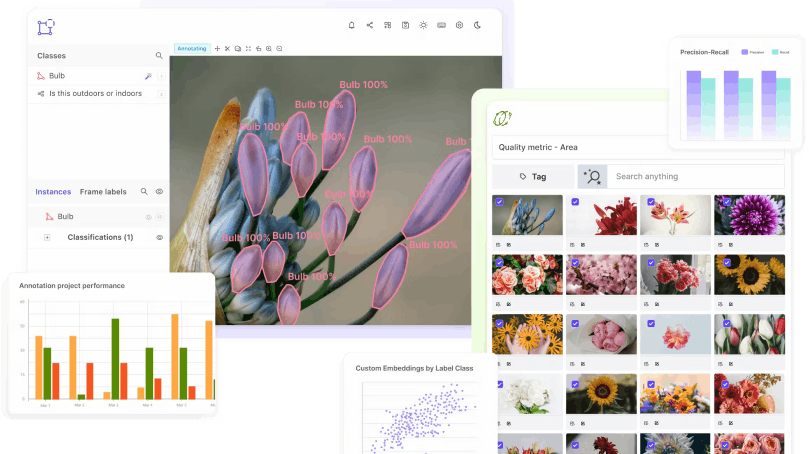Model Parameters
Encord Computer Vision Glossary
Model parameters are variables that govern how a machine learning (ML) model behaves. They are frequently trained using data and utilized to make predictions or choices based on fresh, unforeseen facts. Model parameters are a crucial component of ML models since they have a big impact on the model's accuracy and performance.


Types of Model Parameters
Hyperparameters
Hyperparameters are adjustable settings that are defined by the user before training the model. They control the learning process and influence the model's capacity, regularization, and optimization strategy. Examples of hyperparameters include learning rate, batch size, number of layers, and activation functions. Hyperparameters are typically tuned through techniques like grid search or random search to find the best configuration for the given task.
Weight Parameters
Weight parameters, also known as trainable parameters, are the internal variables of a model that are updated during the training process. They represent the strength or importance assigned to different features or inputs. In a neural network, weight parameters determine the impact of each neuron on the model's output. The values of weight parameters are initially random, and the model adjusts them iteratively through optimization algorithms like gradient descent to minimize the loss function.
Bias Parameters
Bias parameters are additional parameters used in machine learning models to introduce an offset or a constant term. They account for any systematic error or discrepancy between the predicted values and the true values. Bias parameters help the model capture the overall trend or bias in the data. Similar to weight parameters, bias parameters are updated during the training process to improve the model's performance.
Significance of Model Parameters
Model parameters are fundamental to the learning process and heavily influence the performance of machine learning models. Properly tuned hyperparameters can significantly impact a model's ability to learn from data and generalize to unseen examples. Weight parameters determine the strength of connections between different features, allowing the model to capture complex patterns and make accurate predictions. Bias parameters help the model account for systematic errors and improve its overall predictive power.
Optimization and Regularization Techniques
Optimizing and regularizing model parameters are essential for achieving better performance and avoiding overfitting. Techniques like gradient descent and its variants, such as stochastic gradient descent (SGD) and Adam, are commonly used to optimize weight and bias parameters. Regularization methods like L1 and L2 regularization help prevent overfitting by adding penalty terms to the loss function, effectively reducing the complexity of the model.
{{training_data_CTA}}
Model parameters are the building blocks of machine learning models, encompassing hyperparameters, weight parameters, and bias parameters. They play a critical role in defining a model's behavior and performance. Proper tuning and optimization of model parameters are crucial for improving model accuracy, generalization, and robustness. Understanding the types and significance of model parameters empowers machine learning practitioners to design and train models effectively, leading to better results in various applications.